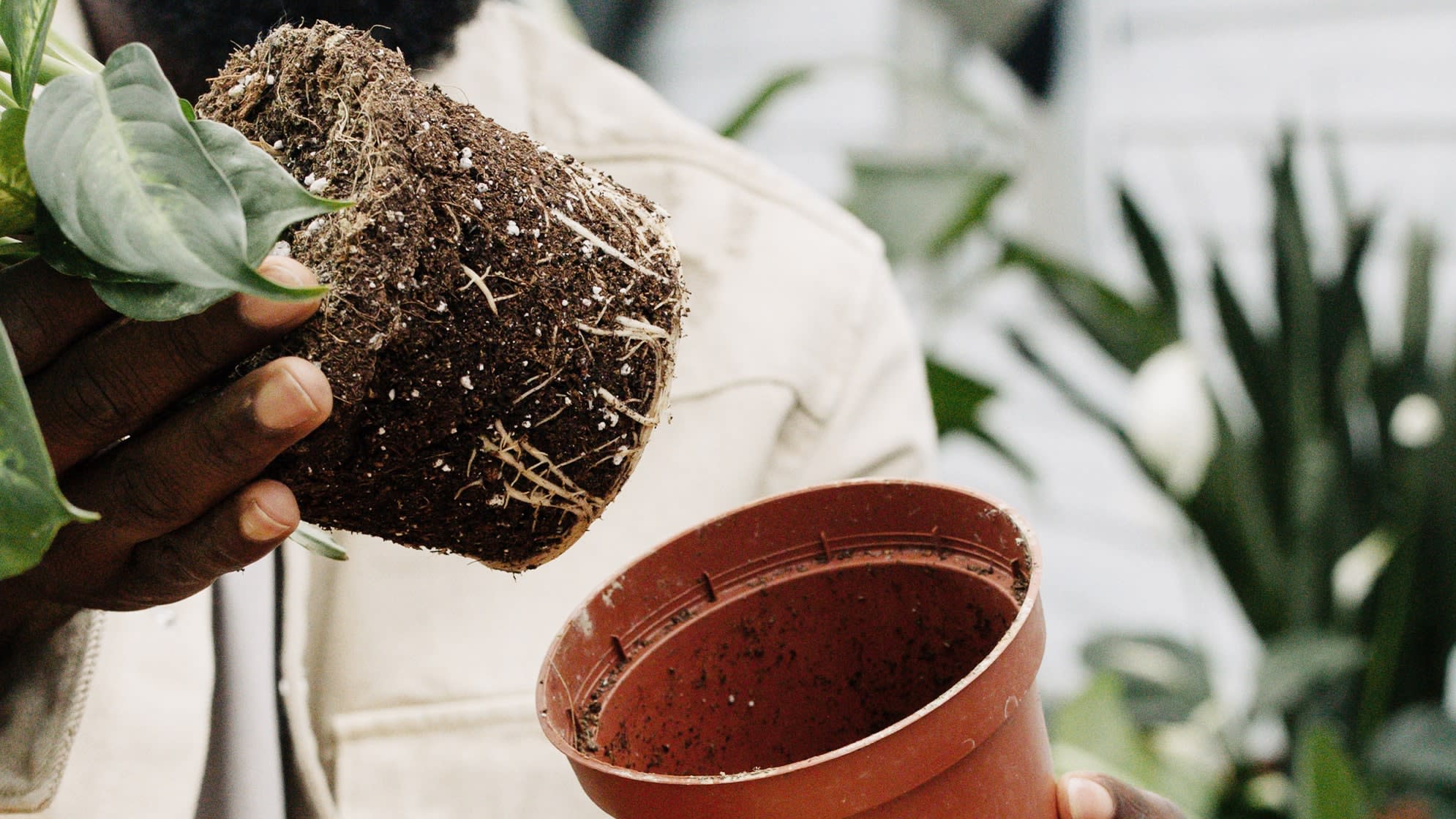Gardening enthusiasts often find themselves faced with limited space or poor soil conditions, leading them to explore alternative methods of cultivation. Growbags, a popular choice among urban gardeners and those with limited outdoor space, have gained attention for their convenience and effectiveness. But are growbags really worth it? In this blog post, we’ll delve into the pros and cons of using growbags for gardening to help you decide if they’re the right choice for your green thumb endeavors.
Pros of Growbags:
1. Space Efficiency: One of the biggest advantages of growbags is their space-saving design. Whether you have a small balcony, patio, or rooftop garden, growbags allow you to maximize your growing area without the need for large plots of land.
2. Mobility: Growbags are lightweight and portable, making them ideal for renters or individuals who frequently move. You can easily rearrange your garden or bring your plants indoors during inclement weather, ensuring they receive optimal care throughout the seasons.
3. Better Drainage: Unlike traditional pots, growbags typically feature superior drainage properties, preventing waterlogged soil and promoting healthier root development. This is especially beneficial for plants that are prone to root rot or prefer well-draining conditions.
4. Cost-Effectiveness: Growbags are often more affordable than traditional pots or raised beds, making them an economical choice for budget-conscious gardeners. Additionally, their reusable nature means you can enjoy multiple growing seasons without constantly investing in new containers.
5. Versatility: From vegetables and herbs to flowers and ornamentals, growbags can accommodate a wide range of plant species. Their versatility makes them suitable for virtually any gardening endeavor, whether you’re cultivating a kitchen garden or adding decorative accents to your outdoor space.
Cons of Growbags:
1. Limited Aesthetic Appeal: While growbags are practical, they may not offer the same visual appeal as traditional clay pots or wooden planters. If aesthetics are a priority for you, you may find yourself wanting to conceal or camouflage your growbags with decorative covers or surrounding foliage.
2. Susceptibility to Drying Out: Due to their breathable fabric construction, growbags can dry out more quickly than other containers, especially in hot or windy conditions. This requires vigilant monitoring of soil moisture levels and may necessitate more frequent watering, particularly during the peak of summer.
3. Stability Concerns: Growbags, especially when filled with lightweight potting mix, can be prone to tipping over in windy conditions or when plants become top-heavy. Stabilizing them with stakes or placing them in sheltered locations can mitigate this risk, but it’s something to consider, especially in exposed outdoor environments.
4. Lifespan Limitations: While growbags are reusable, they may not last as long as durable ceramic or plastic containers. Over time, the fabric may degrade or tear, requiring replacement. Investing in high-quality growbags and proper storage during the offseason can help prolong their lifespan.
So, are growbags worth it? Ultimately, the answer depends on your individual gardening needs, preferences, and constraints. For urban dwellers or those with limited space, growbags offer a practical solution for cultivating a bountiful garden without the need for extensive outdoor real estate. However, they come with their own set of considerations, including moisture management, stability, and longevity. By weighing the pros and cons outlined in this guide, you can make an informed decision about whether growbags are the right choice for your gardening endeavors. Whether you opt for growbags, traditional pots, or a combination of both, may your gardening adventures be fruitful and fulfilling!




